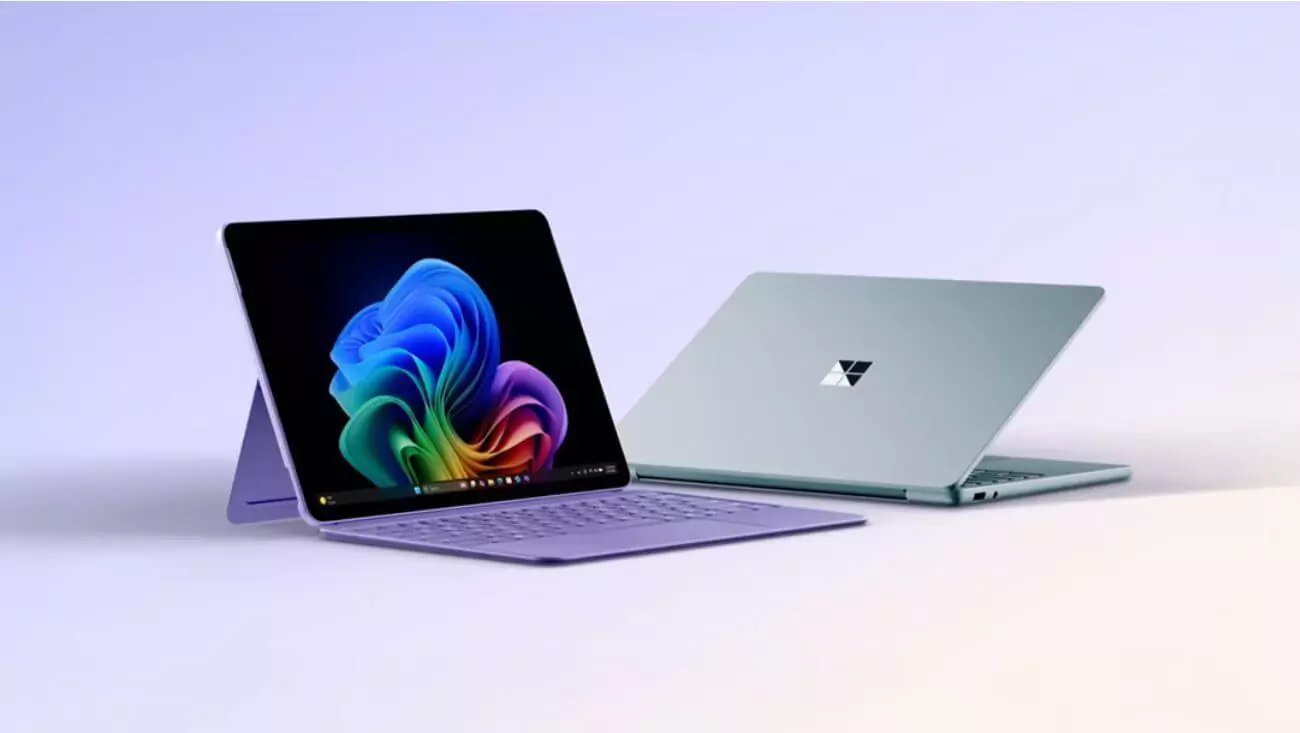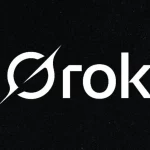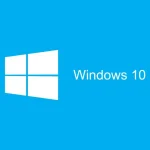Microsoft has expanded its Surface lineup with the introduction of the 12-inch Surface Pro and 13-inch Surface Laptop, both designed to deliver AI capabilities at more accessible price points. Launched on May 6, 2025, these devices are part of Microsoft’s Surface for Business Copilot+ PC portfolio, targeting enterprises, small businesses, and individual users looking for cost-effective, AI-ready hardware. Powered by Qualcomm’s Snapdragon X Plus processor, the new Surface Pro starts at $799 (tablet only, keyboard sold separately), and the Surface Laptop begins at $899, offering a budget-friendly alternative to the 2024 Surface models while supporting Microsoft’s latest AI-driven innovations. This move highlights Microsoft’s strategy to broaden access to AI technology within the tech landscape, making it a compelling option for a wide range of users.
The 12-inch Surface Pro and 13-inch Surface Laptop are positioned as more affordable successors to the Surface Pro (11th Edition) and Surface Laptop (7th Edition), which launched at $999 in 2024. Despite their lower cost, both devices are certified as Copilot+ PCs, meaning they support Microsoft’s advanced AI features like Recall, Click to Do, and Copilot Vision, enabled by the Snapdragon X Plus processor’s 45 TOPS (trillion operations per second) neural processing unit (NPU). According to Microsoft’s official blog, the Surface Pro offers 50% better performance and twice the battery life of the Surface Pro 9, delivering up to 16 hours of local video playback and 12 hours of web browsing. The Surface Laptop provides up to 10 hours of battery life during Microsoft Teams video calls, making it ideal for remote work and hybrid productivity scenarios.
The 12-inch Surface Pro maintains its signature 2-in-1 versatility, featuring a built-in kickstand and a 90-Hz refresh rate LCD display. It comes equipped with a 1080p front-facing camera with Windows Hello authentication, a 10-megapixel rear camera, two USB-C ports, and a 3.5-mm headphone jack. While it lacks 5G connectivity, it supports the latest Wi-Fi 7 standard for faster wireless performance. The redesigned Surface Pro keyboard, sold separately, includes a matte palm rest, full-size backlit keys with a dedicated Copilot key, and a precision touchpad with adaptive touch mode. The keyboard can fold flat against the tablet, improving usability for tasks like typing, drawing, or writing with the Surface Slim Pen 2 (also sold separately), which now magnetically attaches to the back of the tablet for wireless charging, enhancing the experience for creative users.
The 13-inch Surface Laptop, a single-size version compared to the 2024 Surface Laptop (7th Edition) that offered 13.8-inch and 15-inch options, features a 60-Hz display with up to 400 nits of brightness and the ability to support two 4K monitors at 60 Hz. It includes a 1080p webcam, a fingerprint reader in the power button, and a port selection of two USB-C ports, a USB-A port, and a 3.5-mm headphone jack. A significant change is the removal of the Surface Connect Port, a magnetic charging solution used in previous models, in favor of USB-C fast charging (requiring a 60-watt charger or higher). This shift aligns with industry trends toward USB-C standardization but has sparked mixed reactions among users who valued the proprietary port for docking and charging convenience.
Both devices are powered by the Snapdragon X Plus processor, an 8-core chip compared to the 10-core versions in the 2024 Surface models, offering a slight performance trade-off for the lower price. However, Microsoft has emphasized the energy efficiency of Snapdragon X chips, which contribute to the devices’ impressive battery life—up to 16 hours for the Surface Pro during local video playback and 12 hours for web browsing. Testing conducted by Microsoft in March 2025 on preproduction units involved full battery discharge during video playback and web browsing with screen brightness set to 150 nits and Wi-Fi connected, confirming their suitability for all-day use. The Snapdragon X Plus processor ensures compatibility with Copilot+ features, enabling AI-driven tasks like real-time transcription and intelligent search, which are increasingly critical for business efficiency.
Microsoft’s continued use of Qualcomm’s Snapdragon X chips for its 2025 consumer Surface devices, despite competition from Intel and AMD chips with similar NPU capabilities, reflects its focus on Snapdragon’s energy efficiency and early ability to deliver the 40-plus TOPS required for Copilot+ PCs. This aligns with Microsoft’s broader goal to compete with Apple’s MacBooks, which have leveraged Arm-based chips for superior battery life and AI performance. The new Surface devices are available for preorder, with retail availability starting on May 20, 2025, in three colors: Slate (gray), Ocean, and Violet, catering to diverse user preferences.
Sustainability and accessibility are also key focuses for these devices. As noted in Microsoft’s official blog on blogs.windows.com, both the Surface Pro and Surface Laptop incorporate 100% recycled cobalt in their battery cells, supporting Microsoft’s sustainable sourcing initiatives. The Surface Pro exceeds the ENERGY STAR efficiency baseline by 48%, while the Surface Laptop surpasses it by 62%, reflecting a commitment to energy efficiency. The devices are designed for repairability, with most components replaceable by skilled technicians, reducing e-waste. Accessibility features, such as customizable settings, ensure the devices are inclusive, aligning with Microsoft’s mission to empower diverse users in the modern workforce.
The launch of these affordable Surface devices comes as businesses increasingly adopt AI to enhance productivity, and Microsoft is positioning itself to meet this demand with budget-friendly, AI-ready hardware. However, some trade-offs—like the removal of the Surface Connect Port and the absence of 5G on the Surface Pro—may disappoint users who rely on legacy accessories or need cellular connectivity. Additionally, the 8-core Snapdragon X Plus processor, while efficient, may not match the performance of higher-end chips in competing devices, potentially limiting its appeal for power users. Still, the combination of price, battery life, and AI capabilities makes these Surface devices an attractive option for small businesses, educators, and professionals seeking value-driven solutions.
Microsoft’s new Surface Pro and Surface Laptop demonstrate the company’s commitment to making AI technology more accessible while upholding the premium design and performance standards of the Surface brand. As AI-driven workflows become more prevalent, these devices provide a practical entry point into the Copilot+ ecosystem, offering a balance of affordability and functionality. What are your thoughts on Microsoft’s new Surface Pro and Laptop, and how might their AI features benefit your work or business? Share your perspective in the comments—we’d love to hear your insights on this exciting release.







